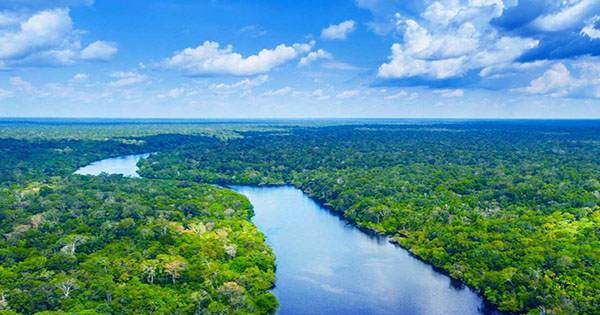New evidence suggests that trees have a cooling effect in much larger areas of the world than previously suspected. It is not uncommon for trees to draw carbon dioxide from the atmosphere, which helps keep the earth from overheating.
However, trees are darker than transplanted grasses, and therefore also contribute to capturing excess heat. Climate scientists feared that this effect could undo the benefits of rehabilitation in certain areas. A research paper from the Proceedings of the National Academy of Sciences considers their other effects on global temperatures beyond the carbon holding capacity of newly planted forests. In particular, the authors note, forests also increase cloud cover, which increases their cooling effect.
Those who supported the main tree planting effort were always right, but not necessarily for the reason, they thought. The IPCC’s Sixth Assessment Report, released this week, highlights the importance of transforming energy systems to reduce the emissions of methane and carbon dioxide. However, it also makes it clear that it is not enough – we need to get the existing CO2 out of the atmosphere. The most obvious, and perhaps most important, method of forest planting is known.
The role of clouds in determining global temperature is not straightforward. Dense, long-hanging clouds reflect plenty of sunlight which provides powerful cooling energy. However, some high clouds trap rising heat, especially at night, which makes them part of the greenhouse effect, not the solution. As a result, in the face of rising temperatures, an increase in cloud cover is not always desirable. However, we need clouds induced by the forest.
Senior author, Princeton’s Professor Amilcare Porporato, said in a statement, “We show that if one thinks that clouds form frequently over forests, then planting trees in large areas should be convenient and done for climate purposes.” To reach this conclusion, the researchers used the 2001-2010 cloud cover satellite record at latitudes 30-45, comparing the conditions where forests were replanted or replanted for the first time.
Not only do forests attract cloud cover more, but clouds form over them early in the day, increasing the amount of sunlight they reflect. The Earth’s surface reflectivity (albedo) plays an important role in both local and global climates, most notably the way the planet warms as a result of over-absorption of sunlight by reducing the ice cover.
















